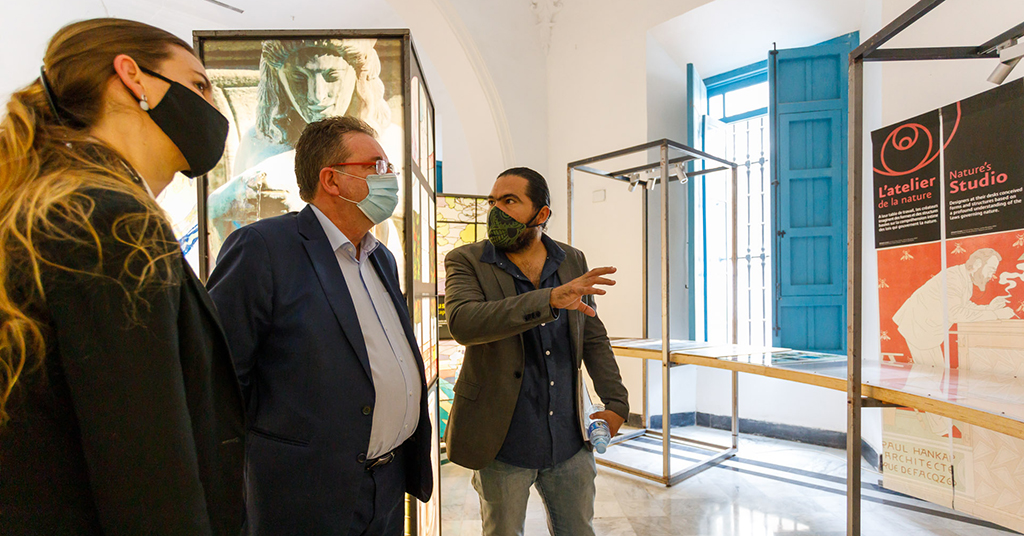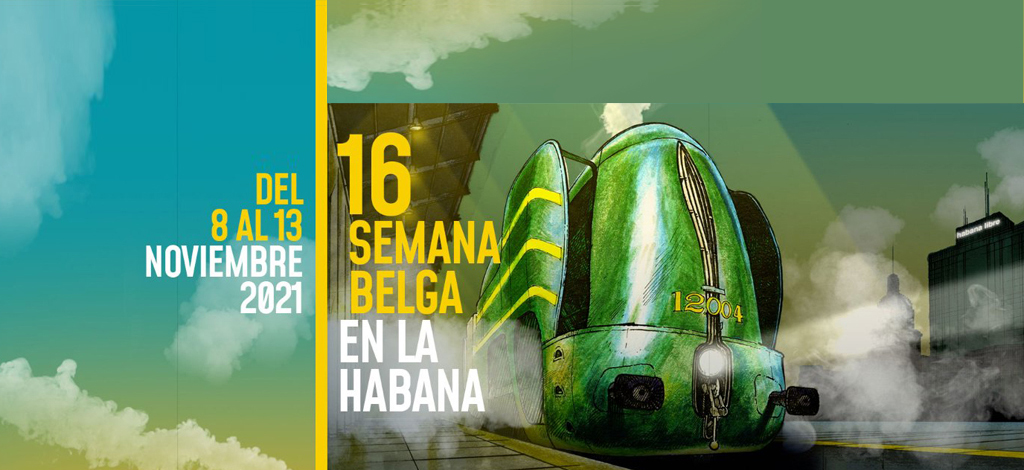Official mission of the Brussels-Capital Region to Havana on the occasion of the 16th Semana Belga
From 6 to 11 November 2021, Rudi Vervoort, the Minister-President of the Brussels-Capital Region, led an official mission to Havana as part of the 16th Semana Belga. The opportunity to enhance the cooperation agreement, which the Brussels-Capital Region and the Cuban capital signed 20 years ago.
The programme focused on several topics, such as artificial intelligence, heritage, art and disability.
The Minister-President attended academic and cultural events as well as political meetings. In addition to Brussels International, which coordinated the visit, the delegation included two Brussels universities, the Université libre de Bruxelles and the Vrije Universiteit Brussel (VUB) and well-known cultural organisations such as the Art & Marges Museum, Créahm-Bruxelles (Création et Handicap mental) and Kanal-Centre Pompidou.
Interuniversity exchanges
Rudi Vervoort and representatives of the two universities kicked off the mission with a visit of the University of Havana (UH) on 9 November. The UH, which was founded in 1728, is the oldest, largest and most respected of Cuba’s universities, offering training in various disciplines including natural, exact, social and human sciences as well as cybernetics.
In 2019, the UH and the ULB signed a framework cooperation agreement. This meeting therefore gave the university an opportunity to build on the existing momentum with the French-speaking university and also with the VUB, paving the way for the development of several projects under the supervision of the Flemish Interuniversity Council (VLIR). The universities also sought to identify partners for new initiatives.
Strengthening the relationships between small businesses and universities to bring research and practice closer together and the increasingly pronounced positioning of universities as drivers of social and economic development are just a few of the shared (academic) priorities of Havana and the Brussels-Capital Region. The VUB and the ULB agreed to step up their exchange programmes with the UH and the University of Informatic Sciences (UCI), under the approving eye of the Brussels Minister-President.

Artificial intelligence in healthcare
On 10 November, the Brussels universities hosted a seminar at the UCI on the use of artificial intelligence in healthcare. The ULB and the VUB exemplify excellence in this field. During the seminar they presented the initiatives that they have already taken in this field in addition to sharing their experiences and exploring potential collaborations with Cuban universities. Professors Hugues Bersini and Ann Nowé presented a computer programme that was developed by the FARI centre, which relies on artificial intelligence to accelerate the distribution of COVID vaccines in vaccination centres in the Brussels-Capital Region. FARI, which is a joint initiative of the VUB and the ULB, is an AI Institute for the Common Good.
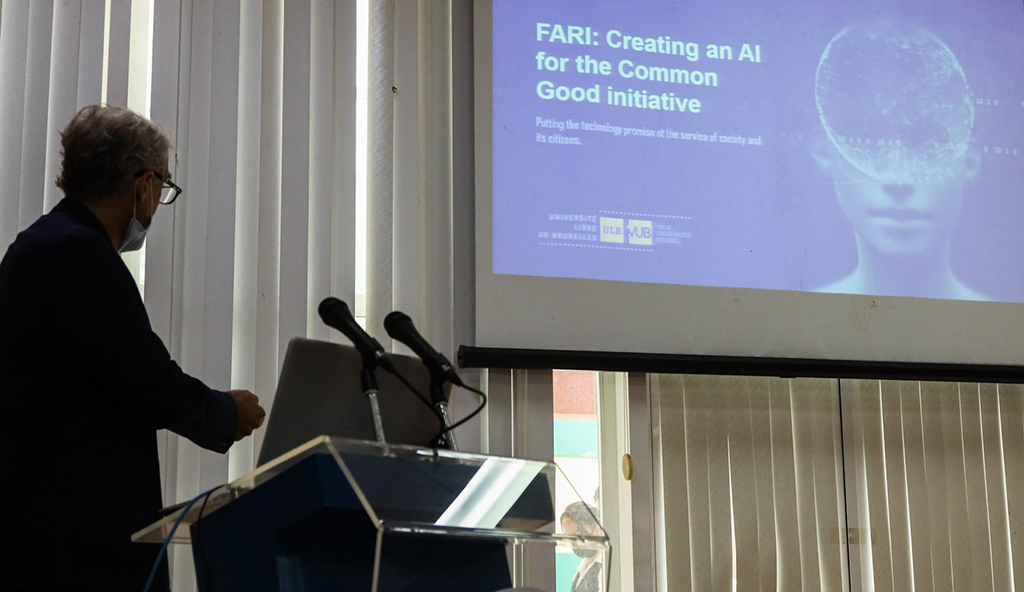
Fight against domestic violence and gender inequality and the defence of LGBTQI+ rights
The Brussels-Capital Government is committed to taking action on a daily basis as part of the fight against domestic violence and gender inequality and the defence of LGBTQI+ rights. These issues were also the main theme of a meeting between Minister-President Rudi Vervoort and Manuel Seijido, the Deputy Director of Cenesex (the Cuban National Center for Sex Education).
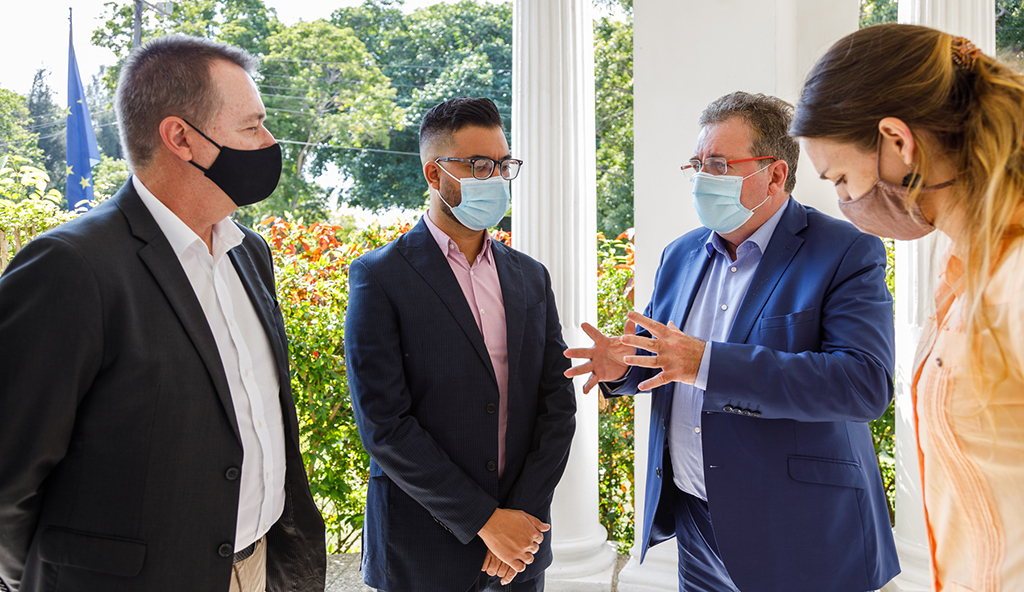
16th Semana Belga
The spotlight of the 16th Semana Belga – an annual event organised by the Embassy of the Kingdom of Belgium to the Republic of Cuba, in which the Brussels-Capital Region regularly participates – was on outsider art and Comics. Cubans were treated to four exhibitions, curated by Brussels organisations such as the Art & Marges Museum, Créahm-Bruxelles and Maison Autrique in collaboration, among others, with the Office of the City Historian of Havana.
Another major event was the conference on ‘Heritage, Comics and Fiction’, the Cuban counterpart of the Brussels BD and Patrimoine (Comics and Heritage) conference, at the Vitrina de Valonia. In addition to presentations by experts, the emphasis was also on the creators and their approach, their views on heritage, and their use of comics to promote their heritage environment. The conference also paid tribute to the memory and work of Eusebio Leal Spengler, the City Historian of Havana, on the eve of the 502nd anniversary of the founding of the city.
Promotion and support for contemporary art
The Minister-President also visited the Fabrica de Arte Cubano (FAC), with the representative of Kanal-Centre Pompidou, where he met with the board members of this extraordinary cultural centre. The FAC, which is located in a former oil factory in the lively Vedado district, promotes all forms of contemporary Cuban art, providing a platform for exchanges between artists and the public. In accordance with the wishes of its founder X Alfonso, a famous Cuban hip-hop and afro-rock musician, the centre is also an incubator and springboard for young artists. This internationally successful project is a source of inspiration for the Brussels-Capital Region.
Art and disability
The mission also highlighted outsider art and disability in a series of exhibitions. Créahm, a laboratory for artistic experimentation that hosts visual arts and live performance workshops, showcased the work of people with intellectual disabilities in two exhibitions. The first, in Plaza de Armas, featured Créahm projects, which were printed on large canvases whereas the second included original works and was produced in collaboration with Galeria Taller Gorria in Havana. This gallery is founded on the same premise as Créahm, i.e., to create an inclusive and diverse space where people can exchange ideas.
The Art & Marges Museum hosted an exhibition at the Vitrina de Valonia featuring a selection of works by self-taught artists who harness their expressive power and visualise their imaginary worlds in their unique works.
The Minister-President also met with representatives of the NGO Humanité & Inclusion (Handicap International) to discuss the plight of people with disabilities in Cuba.
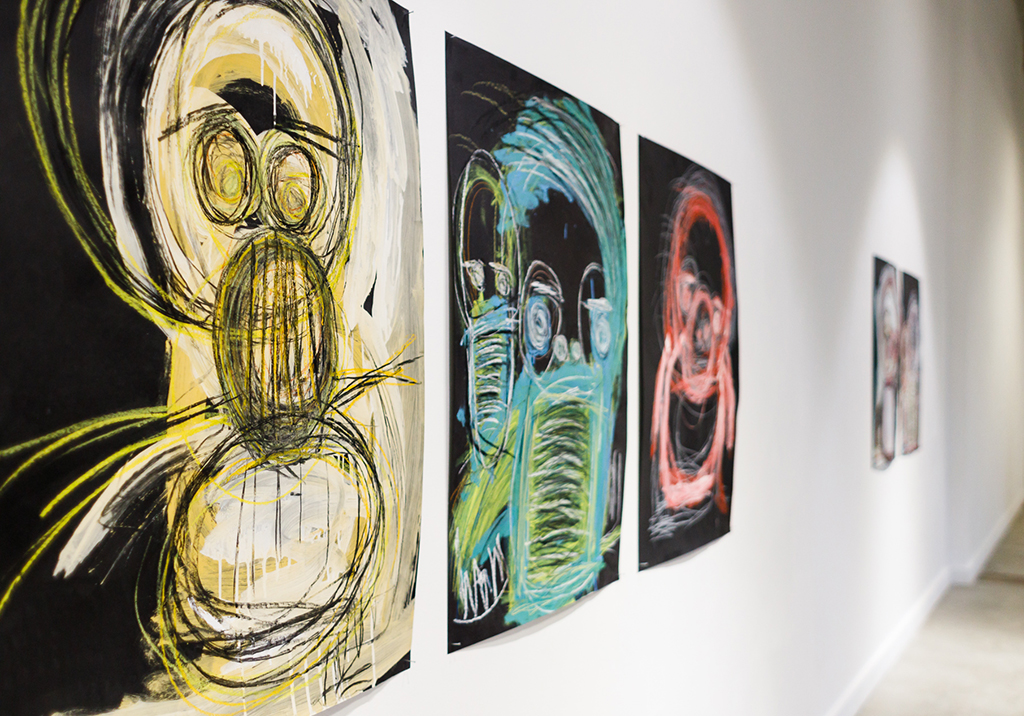
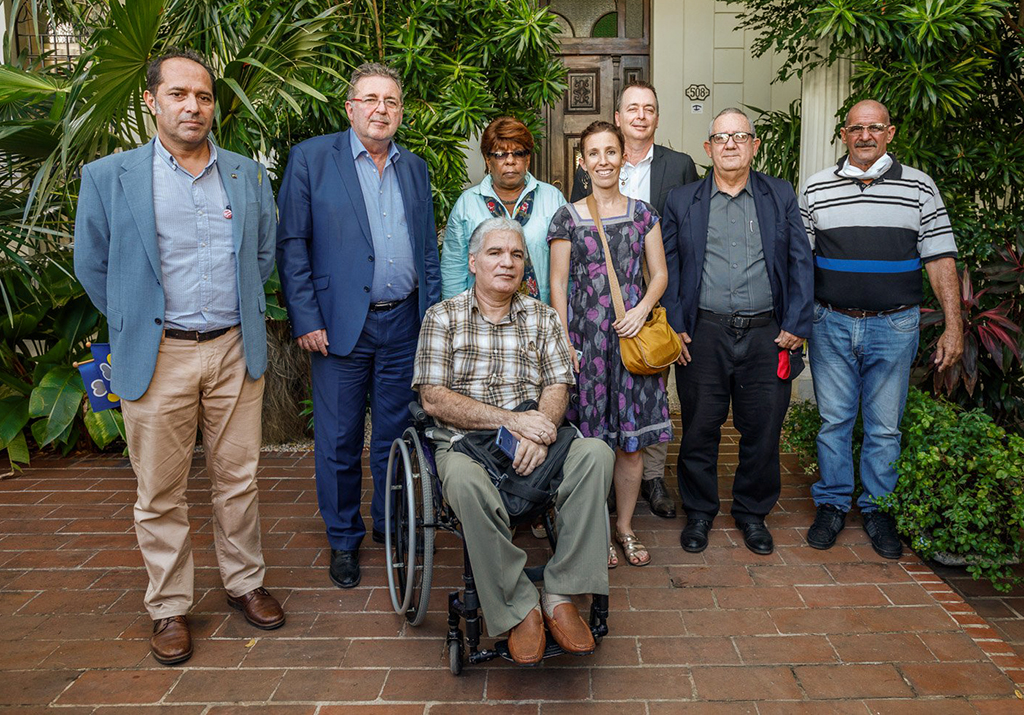
Brussels and Havana, Art Nouveau capitals
Like Brussels, Havana has several fine examples of Art Nouveau, including many architectural gems. The city’s heritage consists of several small, free-standing buildings, that were built between 1900 and 1920. Havana has participated in various projects relating to Art Nouveau architecture with the support of the Brussels-Capital Region, such as the Réseau européen Art Nouveau Network (RANN, of which Havana is the only non-European member) and the Art Nouveau and Ecology project, in addition to lending its support to the Maison Autrique for the Kronikas project. The latter project consists of the joint creation of a comic book magazine on heritage in a partnership with the Vitrina de Valonia.
During the mission, the Minister-President also met with representatives of the Office of the City Historian of Havana to discuss possible, new collaborations, among others with the Directorate of Monuments and Sites of the Brussels-Capital Region.
The mission ended with an Art Nouveau tour in the Cuban capital and a visit to Jardines La Tropical, an Art Nouveau park that was originally built as a leisure park for the second beer factory that was established in Havana. Another point that Havana has in common with the Brussels-Capital Region, as an association of Cuban brewers is eyeing up the site to establish a craft brewery there. The association’s representatives met with the Minister-President to discuss possible modalities for cooperation, such as exchanges with Brussels master brewers.
